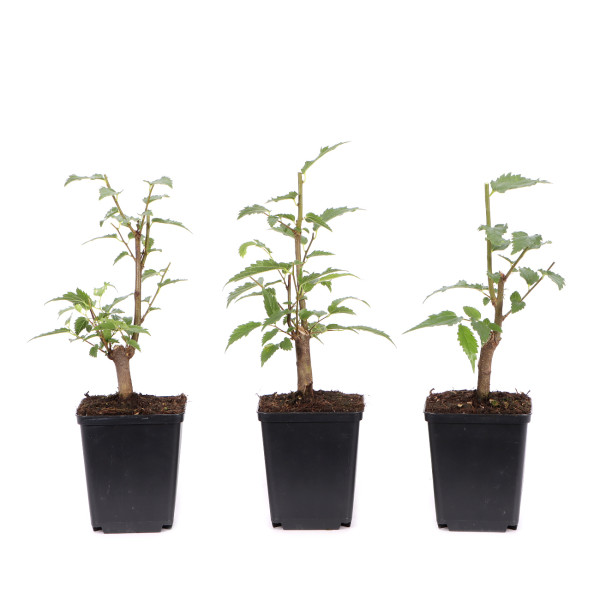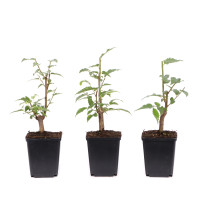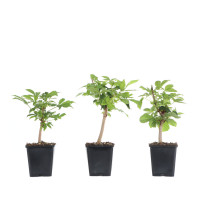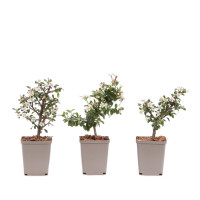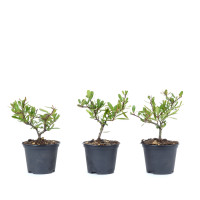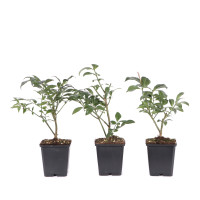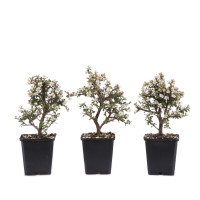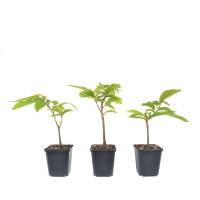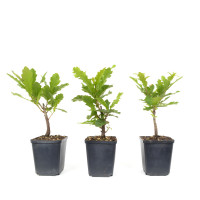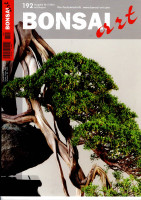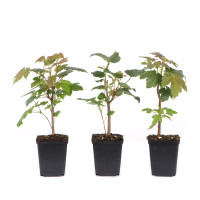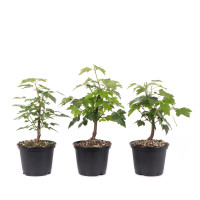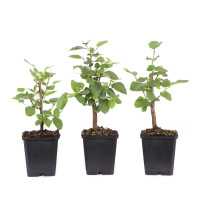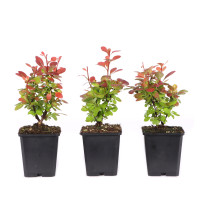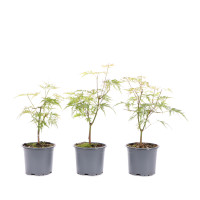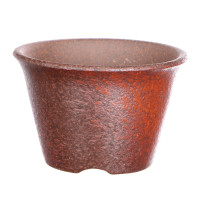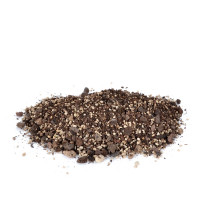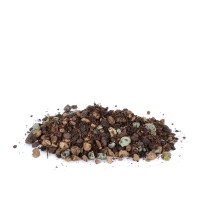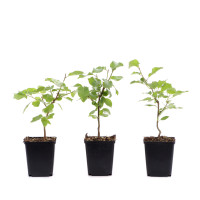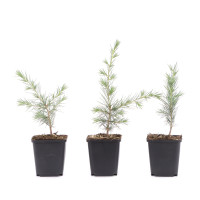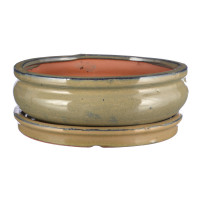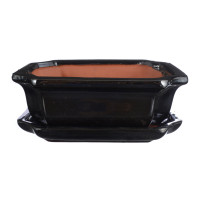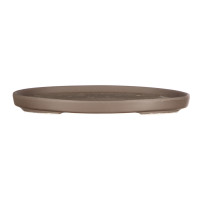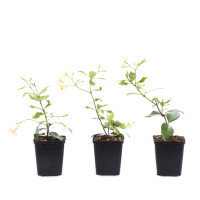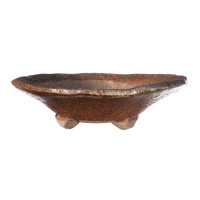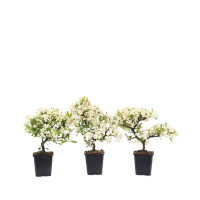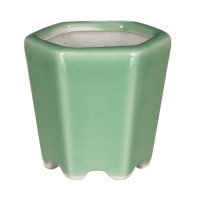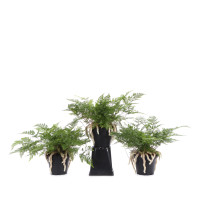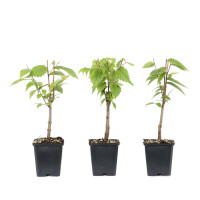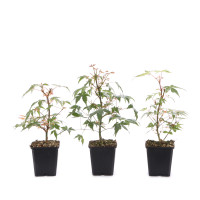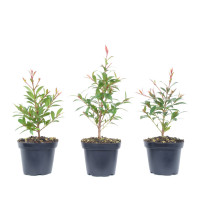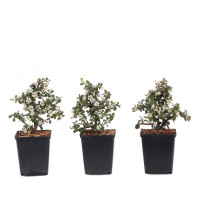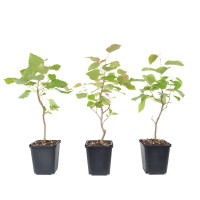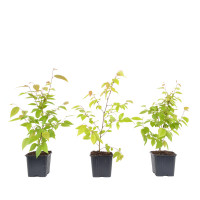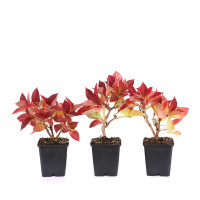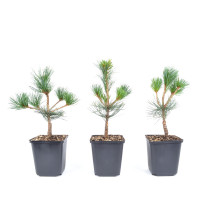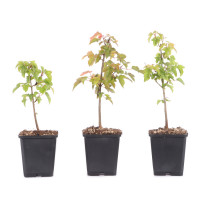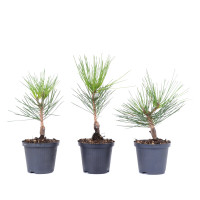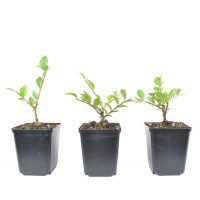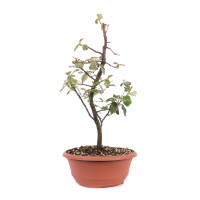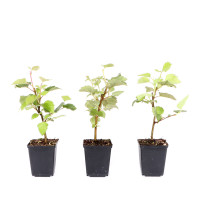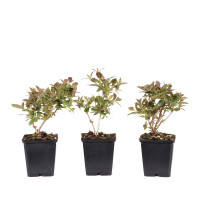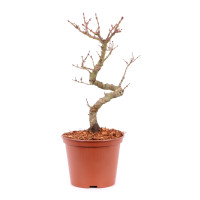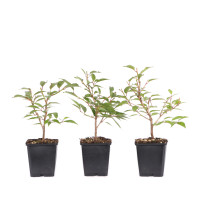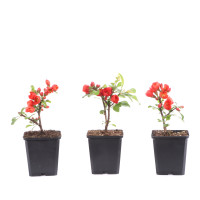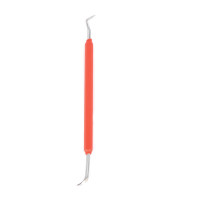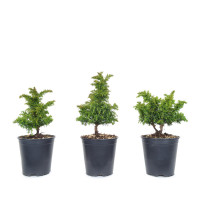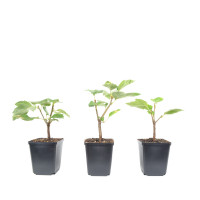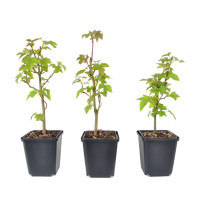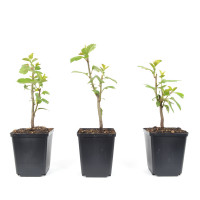- Order number: 1962-02-T
- Height: ca. 15 - 20 cm (no pot)
- Foliage: deciduous
- Age: 2 years
- Bonsai Pot: plastic pot
- Origin: Germany
- Product contents: You will get a similar plant
Celtis australis - European hackberry tree
General information:
The European hackberry is native to southern Europe and can be found in almost every Mediterranean country. Here it is often found in the coastal region, but in countries such as Italy and Greece it is also found inland. The hackberry colonises dry and calcareous locations, where it grows into imposing trees over 20 metres tall. The deciduous foliage is elliptical-elongated and sharply serrated at the leaf edge. The small, thin-fleshed stone fruits are edible and are traditionally used in South Tyrol for baked goods and desserts. The fruits are called ‘Zürgeln’ there and the german name ‘Zürgelbaum’ also comes from South Tyrol. The hard yet elastic wood is used for musical instruments, fishing rods or whip handles, for example.
Care as a bonsai:
The leaf of the European hackberry is very similar to that of the Japanese hackberry. Although it is somewhat larger, the plant develops a very fine character as a bonsai. This is also due to the thin shoots and strong branching. As with the Zelkove, regular pruning, leaf pruning or even defoliation is necessary for an optimal crown structure. This brings light into the interior of the tree and promotes and maintains fine branching. Otherwise, the hackberry tree is very undemanding and tolerates heat and calcareous irrigation water. In winter, however, it should be kept frost-free as, being a southern European, it can withstand low temperatures.

